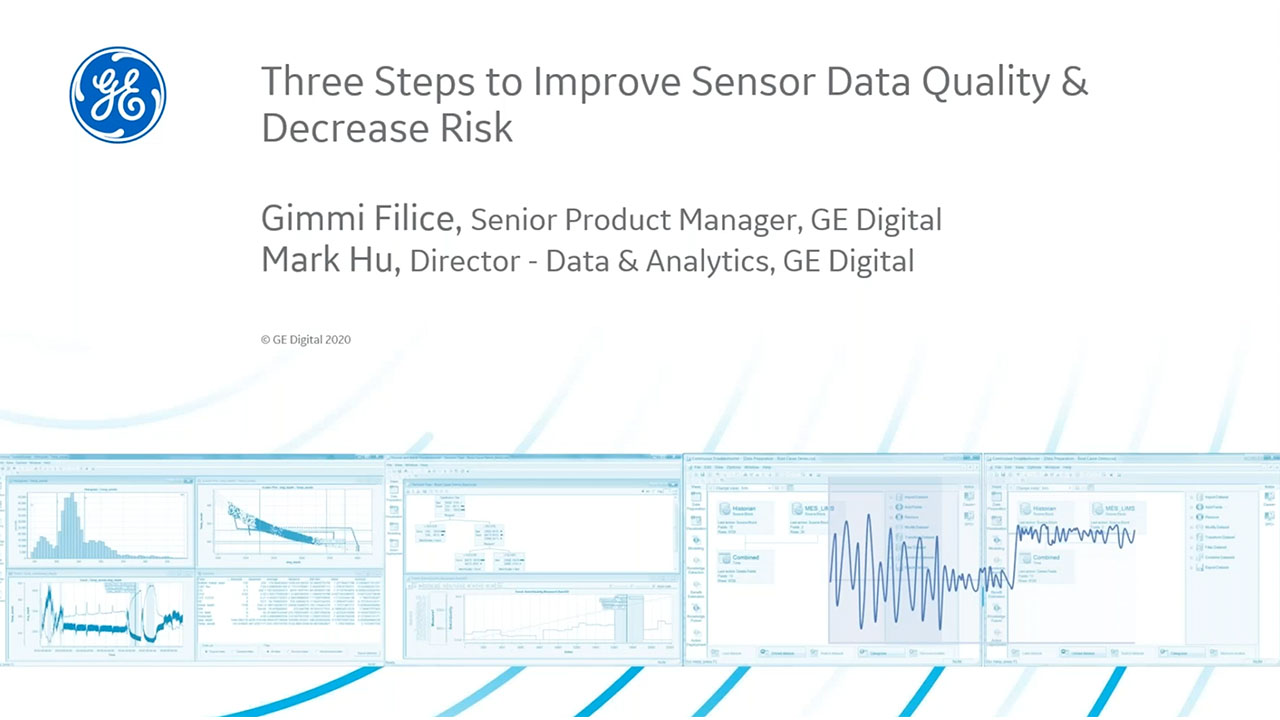Manufacturing & Digital Plant
Three Steps to Improve Sensor Data Quality and Decrease Risk

Take advantage of guidance from leading experts at the intersection of data science and automation to learn the critical steps to ensuring sensor health.
Discover:
- How to target anomalies and minimize their potential impact
- Easy ways to automate the detection of bad sensors
- Best practices for generating alarms to speed quick repairs, replacements, and recalibrations
- How to best leverage sensor health data to improve your operations
- Use case examples of early detection at work
Watch today.
Monitor and detect sensor data abnormalities with AI/ML

Sensor Health
Bad sensor data can mean lost product, downtime, compliance issues, and safety risks as well as a dirty data foundation for your digital transformation and continuous improvement programs.
Over time, sensors tend to deviate, impacting processes and operations. But, it’s time consuming – and impossible for most organizations – to manually determine if and why sensors are working or failing ahead of increasing risk.
As an embedded smart app, Sensor Health continuously monitors and analyzes sensor data, learning patterns and applying intelligence. You can target anomalies and quickly minimize their potential impact.
Contact us
Interested in seeing Sensor Health in action?
